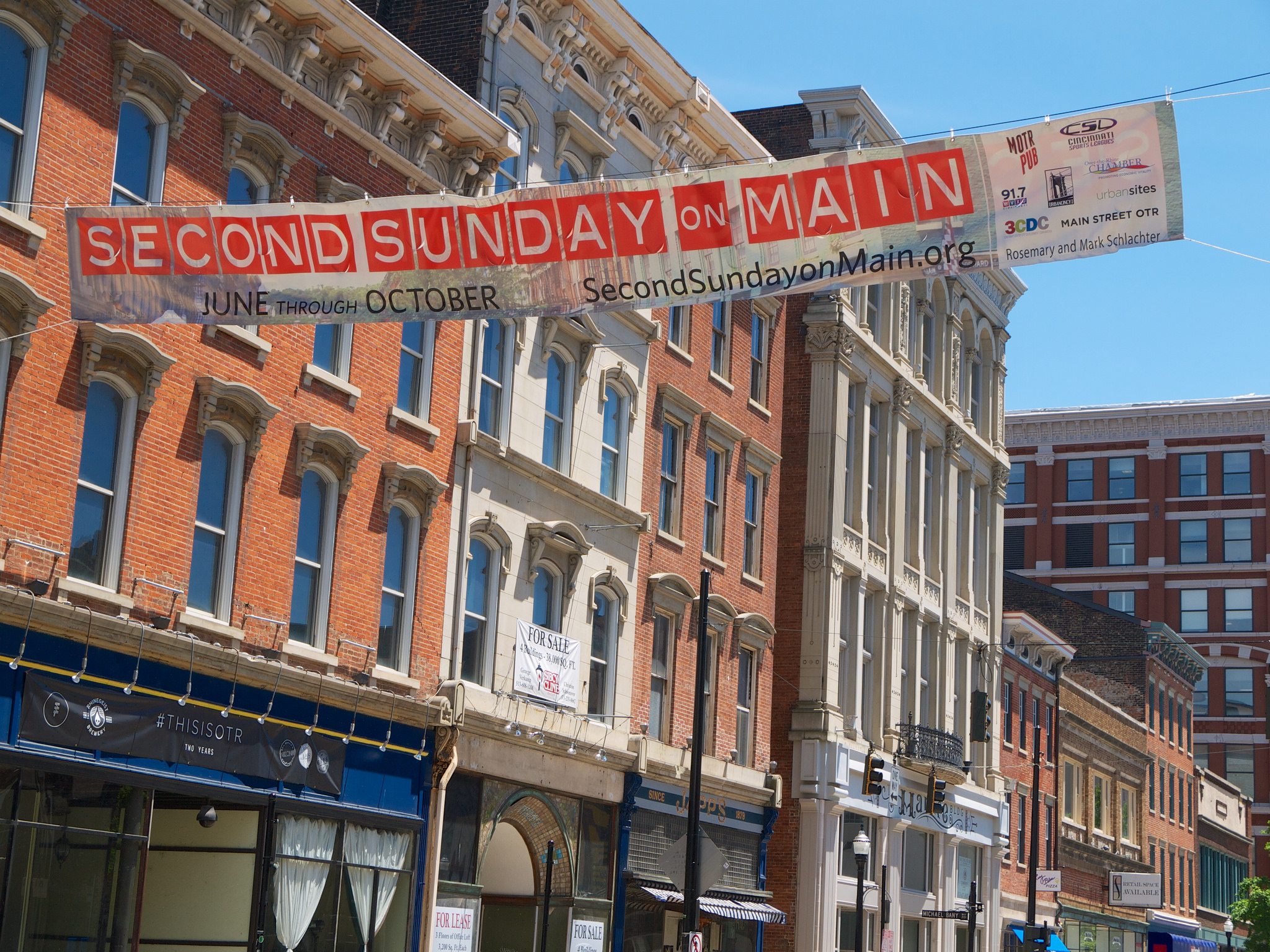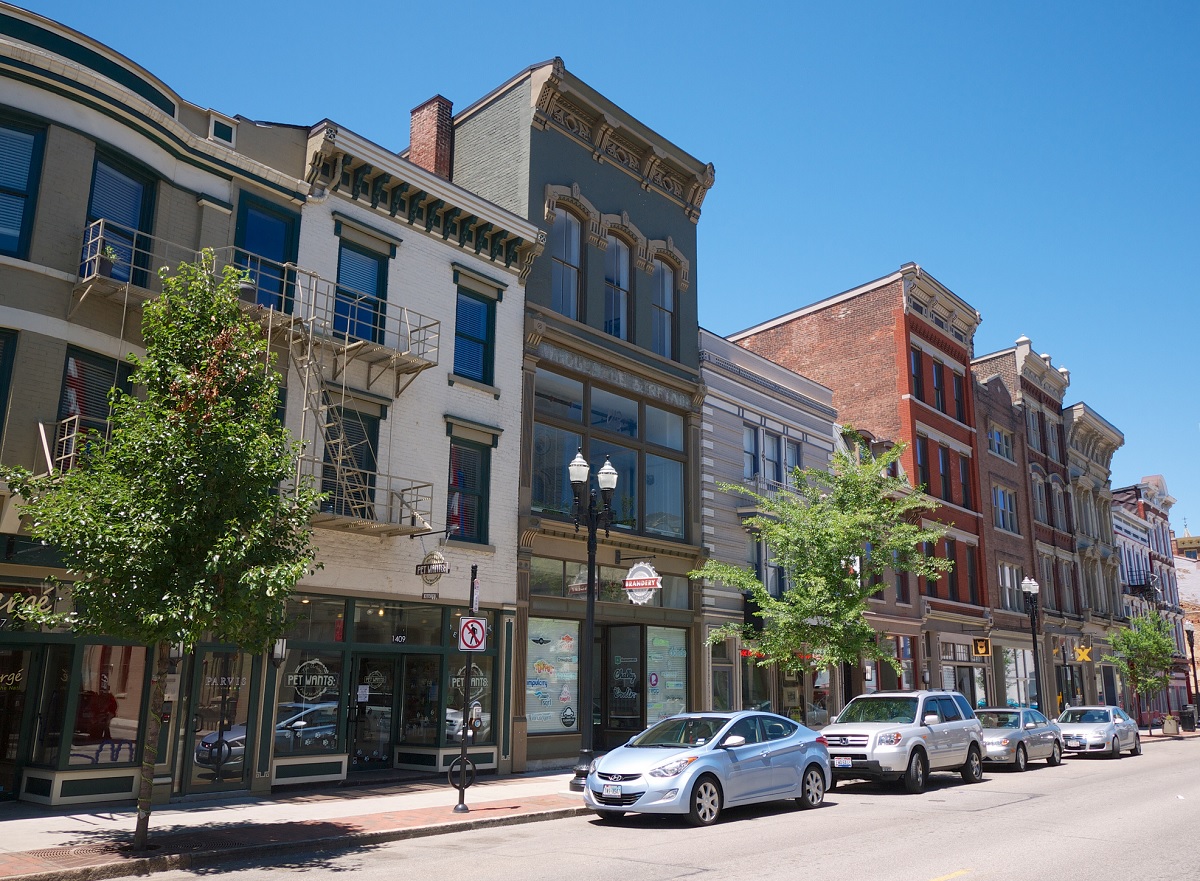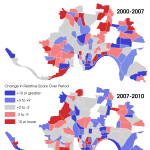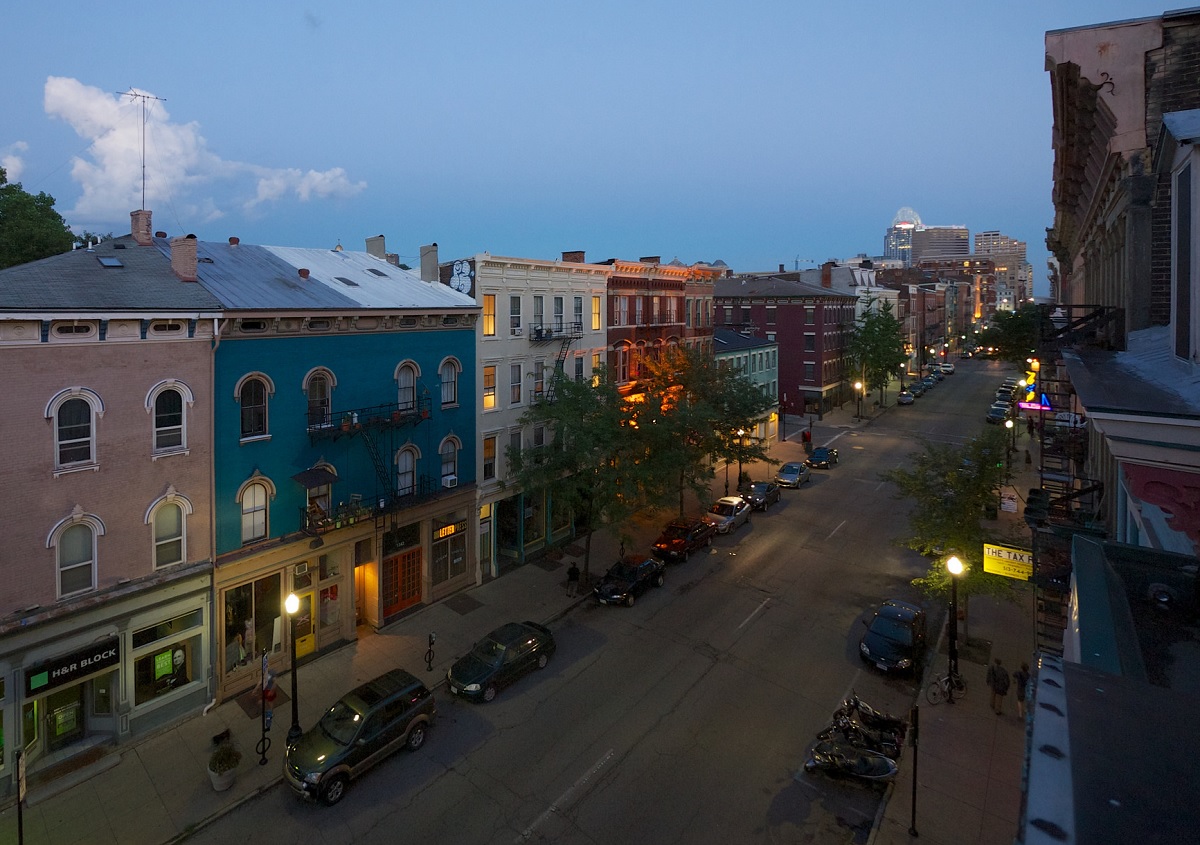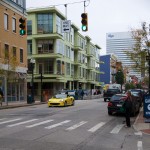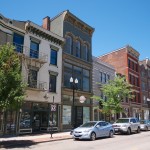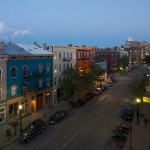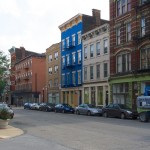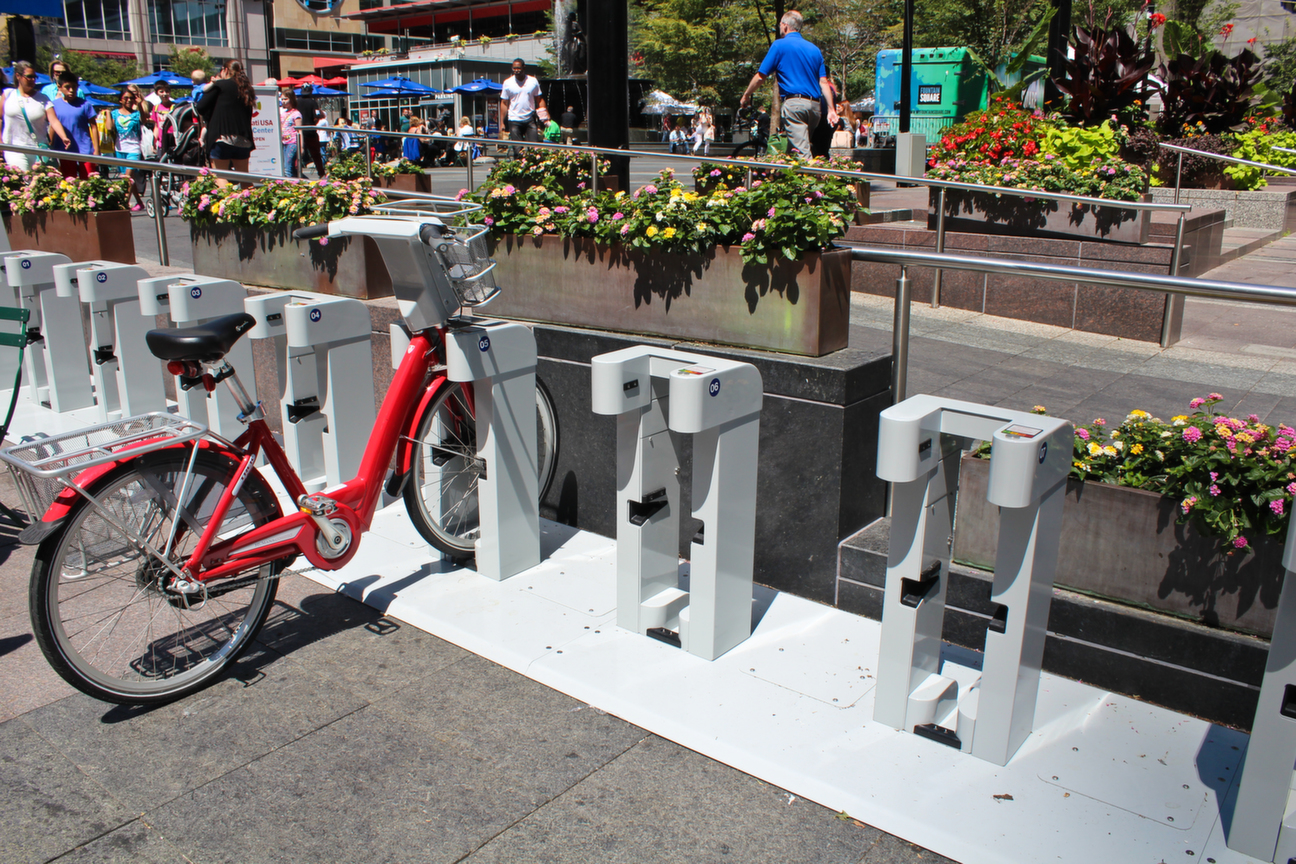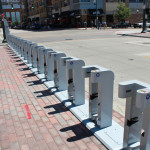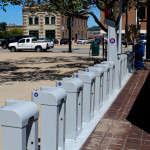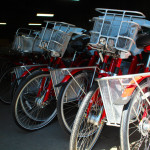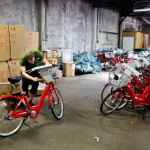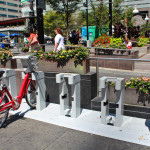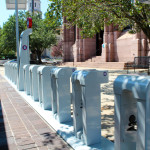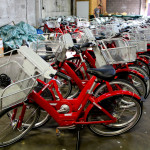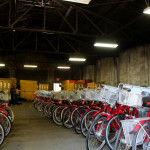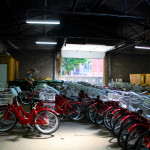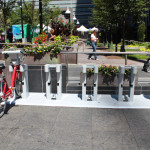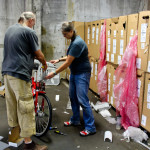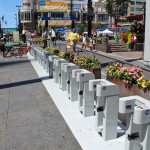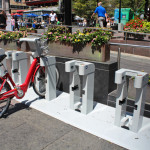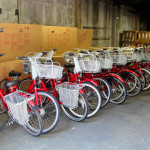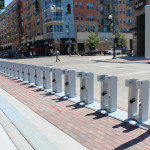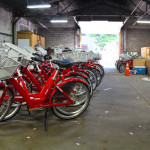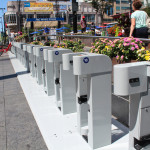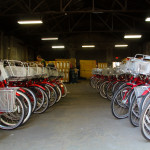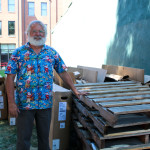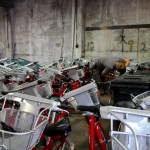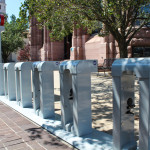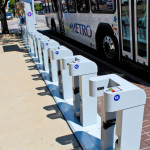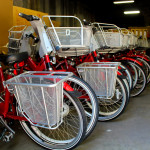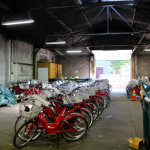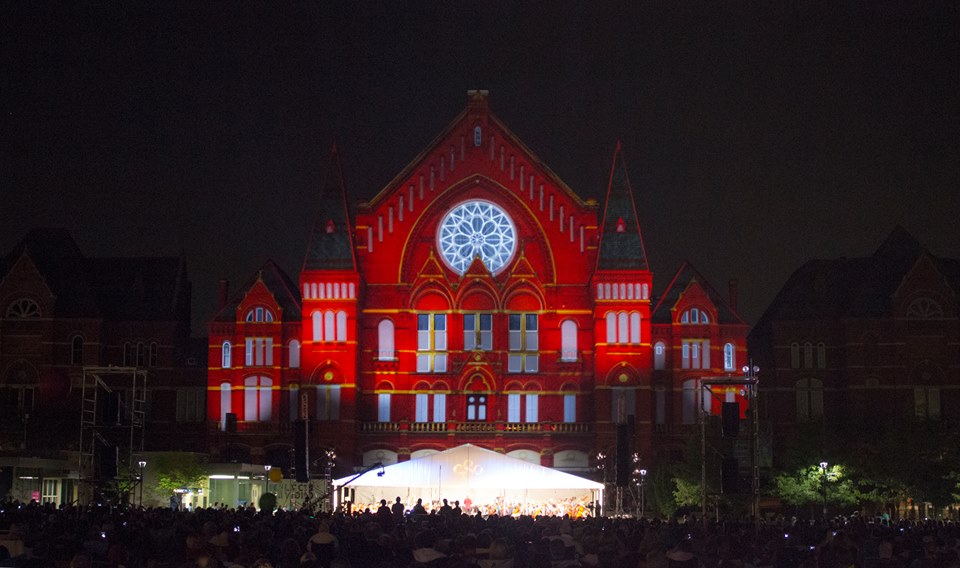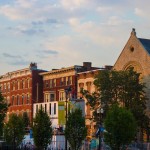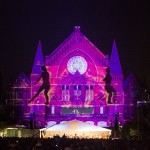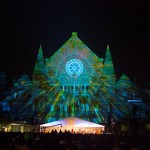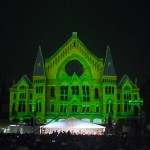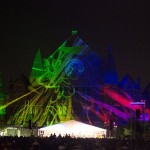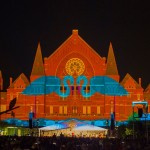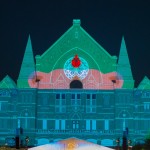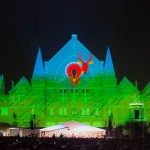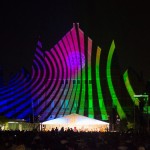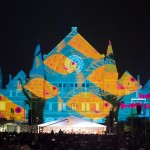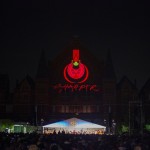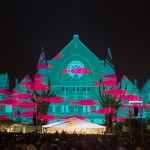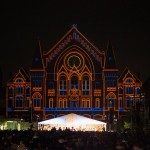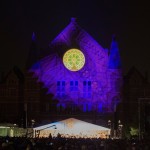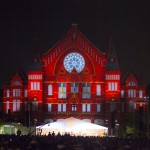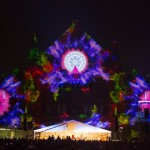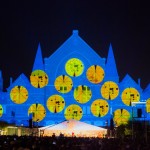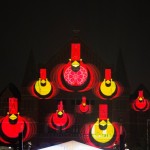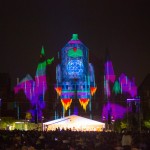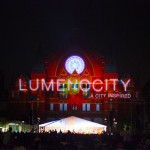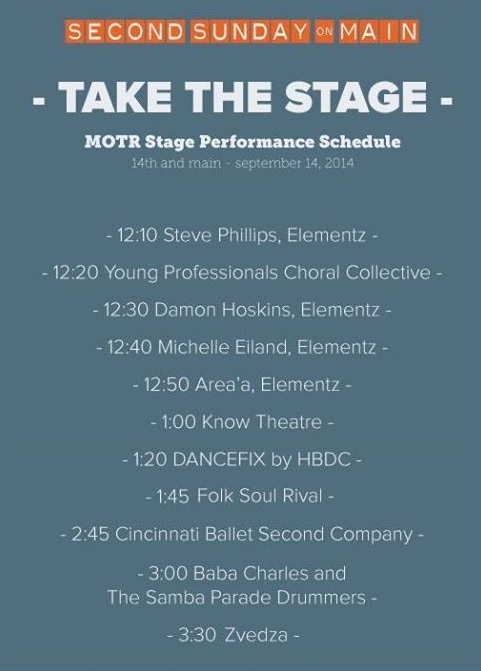 Nine years ago the organizers of Second Sunday on Main (SSOM) envisioned an event that would act as an economic development tool but was disguised as a street festival. Today, that vision has more than come to fruition, as it is now a hub for local goods, food and entertainment. This month will be no exception, with a full lineup of performers, artists, musicians, dancers and vendors.
Nine years ago the organizers of Second Sunday on Main (SSOM) envisioned an event that would act as an economic development tool but was disguised as a street festival. Today, that vision has more than come to fruition, as it is now a hub for local goods, food and entertainment. This month will be no exception, with a full lineup of performers, artists, musicians, dancers and vendors.
Caitlin Behle, SSOM organizer and UrbanCincy contributor, explained that each month’s event has a distinctive theme.
“Last month was very game-oriented and playful, whereas this month will be more arts-driven,” Behle told UrbanCincy.
This month’s event on September 14 will also serve to honor “Dance on Main” which has been a notable theme for past SSOM events after Frank Hibrandt, a long-time Main Street resident, developed Dance on Main as an annual staple of SSOM where dancers of varying styles would perform at multiple stages weaved throughout the event.
Those searching for food and drink will not be disappointed as the event hosts a bustling beer garden and some food trucks for sustenance. The featured food vendors this month are Red Sesame Korean Barbecue, Dojo Gelato, Urban Kitch’n, and Roll With it Café.
As is usual, there will be plenty of opportunities to view and participate in art activities this Sunday. Art pieces will be created by the Art Academy of Cincinnati mARTket and the group ArtWalks will be painting the crosswalk at Main and Woodward Streets. Attendees will also have the opportunity to create art of their own at the Kennedy Heights Arts Center’s Postal pARTners postcard creation station, kids’ craft table (Higher Branches), and at the Art Beyond Boundaries’ “ArtSpire” artist workshop at 2pm.
Enjoy the Arts has teamed up with SSOM to weave performing art into this month’s event that will include the following:
12:00-3:15 Mini concerts featuring Elementz, Know Theatre, Young Professional Choral Collective, Cincinnati Ballet’s CBII dancers, DANCEFIX at HBDC, Baba Charles and the Samba Parade Drummers, and more, MOTR Stage
12:00-5:00 Live music in front of Rock Paper Scissors featuring local acts Kate Wakefield, Brianna Kelly, Edison, and ADM. From 3-5 audience members can “take the stage” with ADM to create their own music and have it looped and incorporated into the live set. 1301 Main St.
1:45 Zvedza (experimental jazz), MOTR Stage
2:30 Celebrity Chef Series – Sous Chef Jimi Dean (The Rookwood), Beverage Wizard Rom Wells (The Rookwood, Cheapside Cafe), Mr. Pitiful’s
3:30 Folk Soul Revival (Americana), MOTR Stage
Second Sunday on Main is located on Main Street between Thirteenth and Liberty Streets in Over-the-Rhine. It is conveniently located along the #17, #19, #24 and #16 Metro bus lines. There is also ample free bike parking available immediately surrounding and within the event area.
